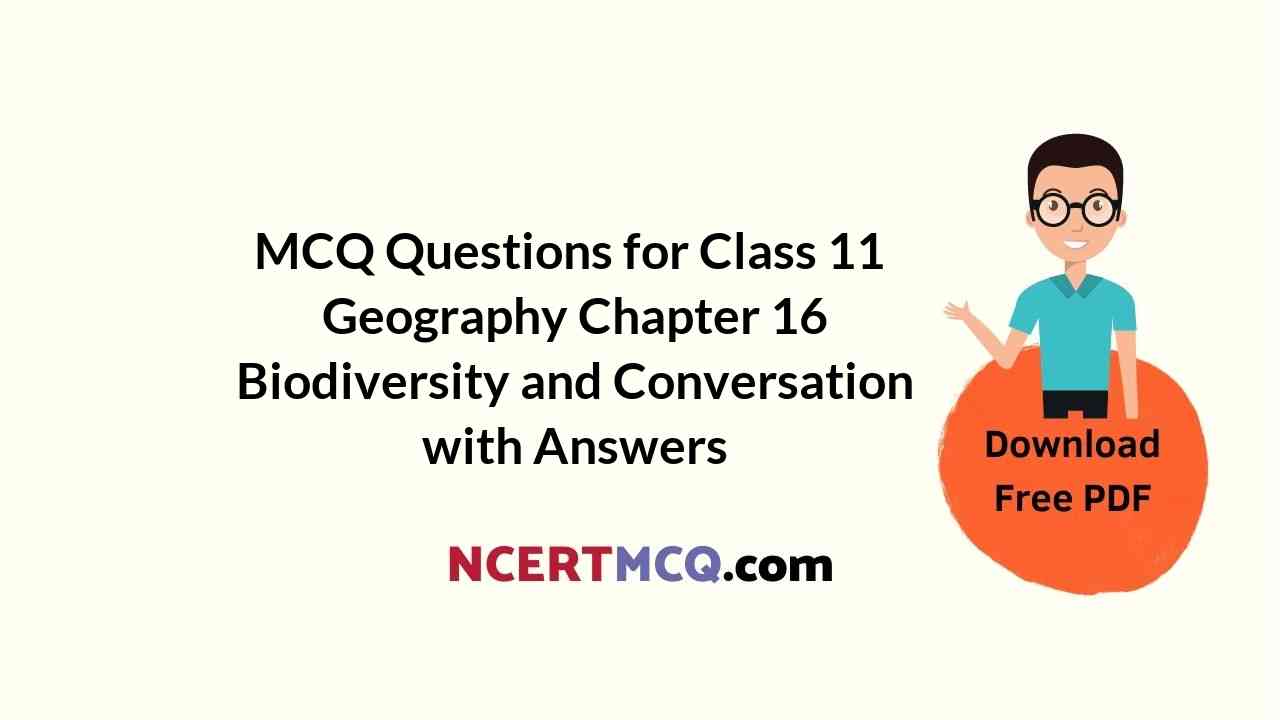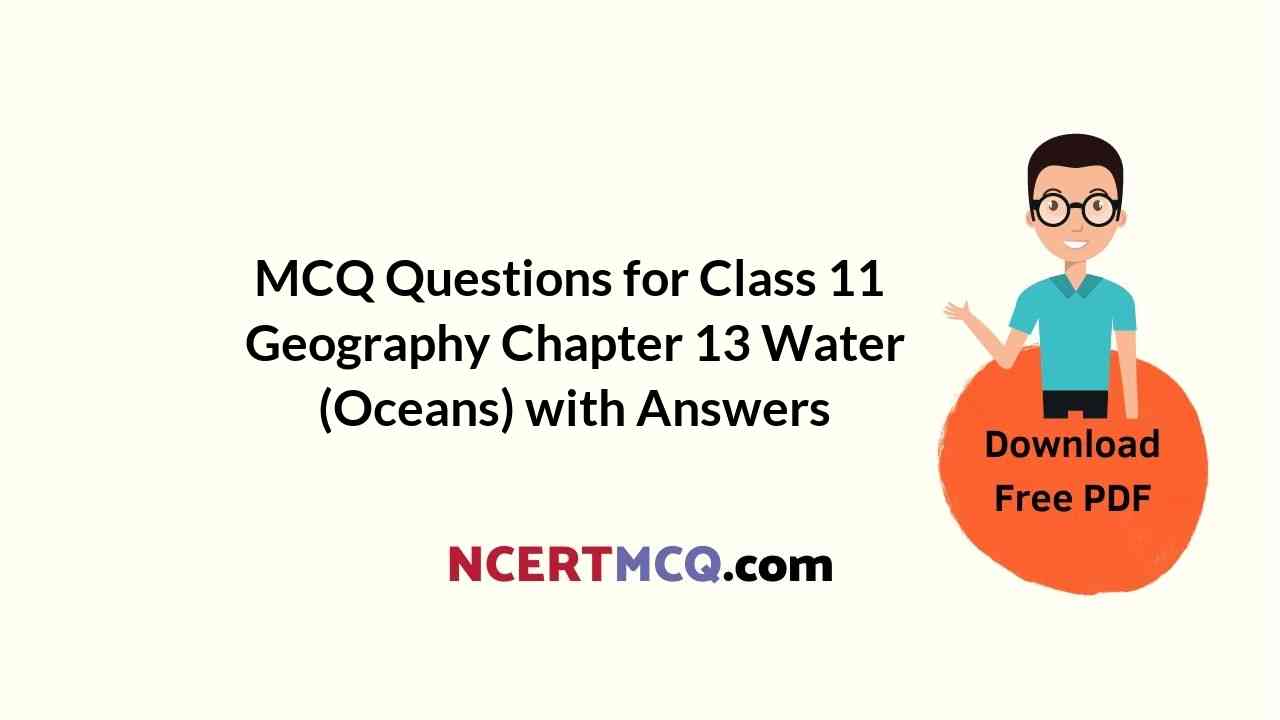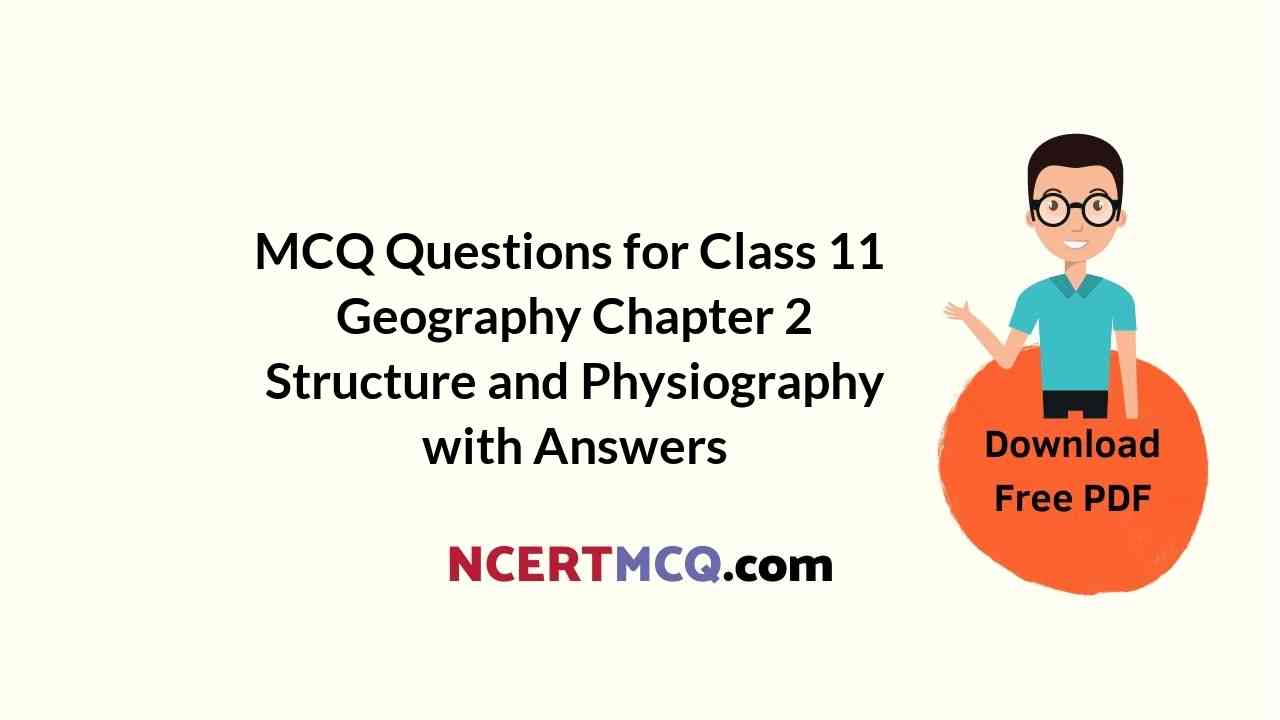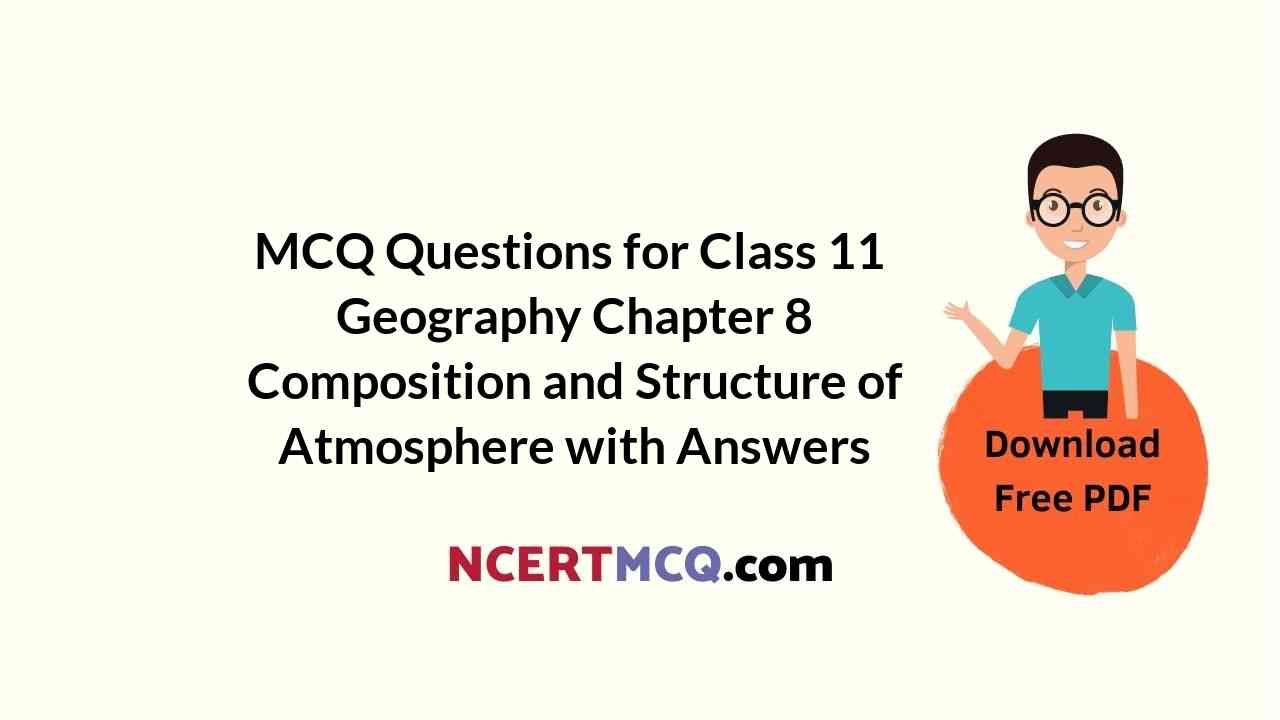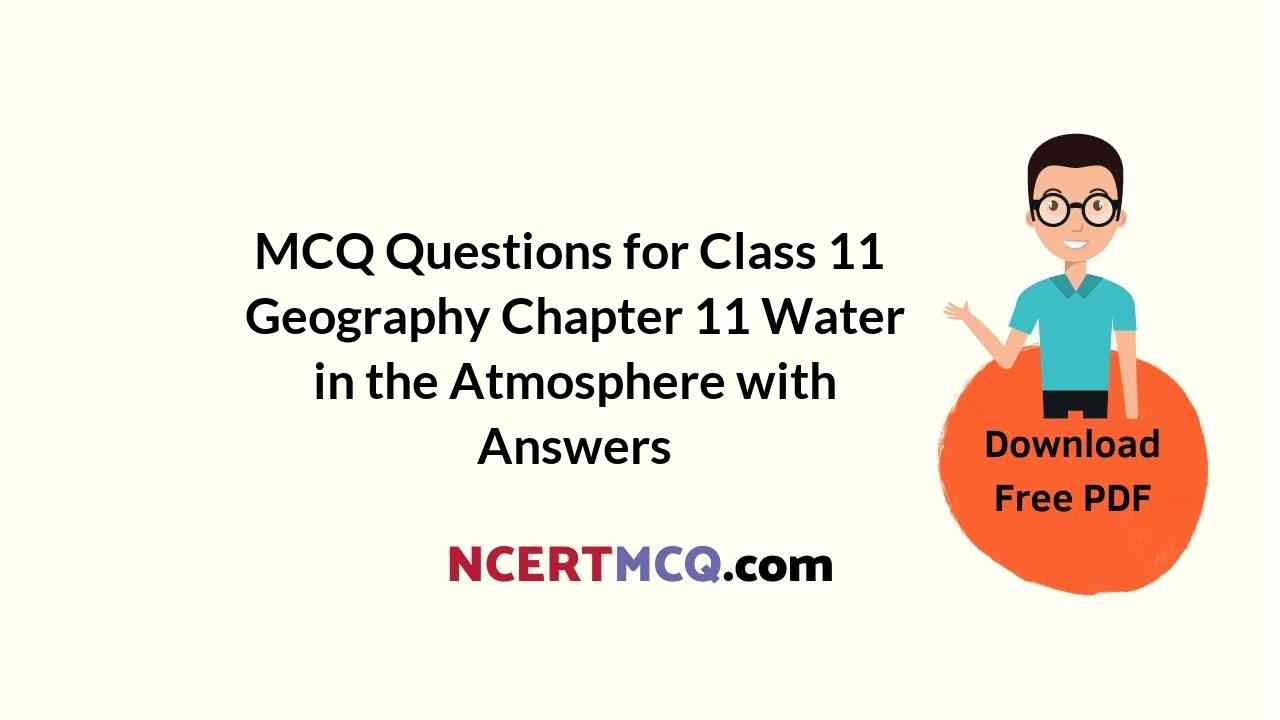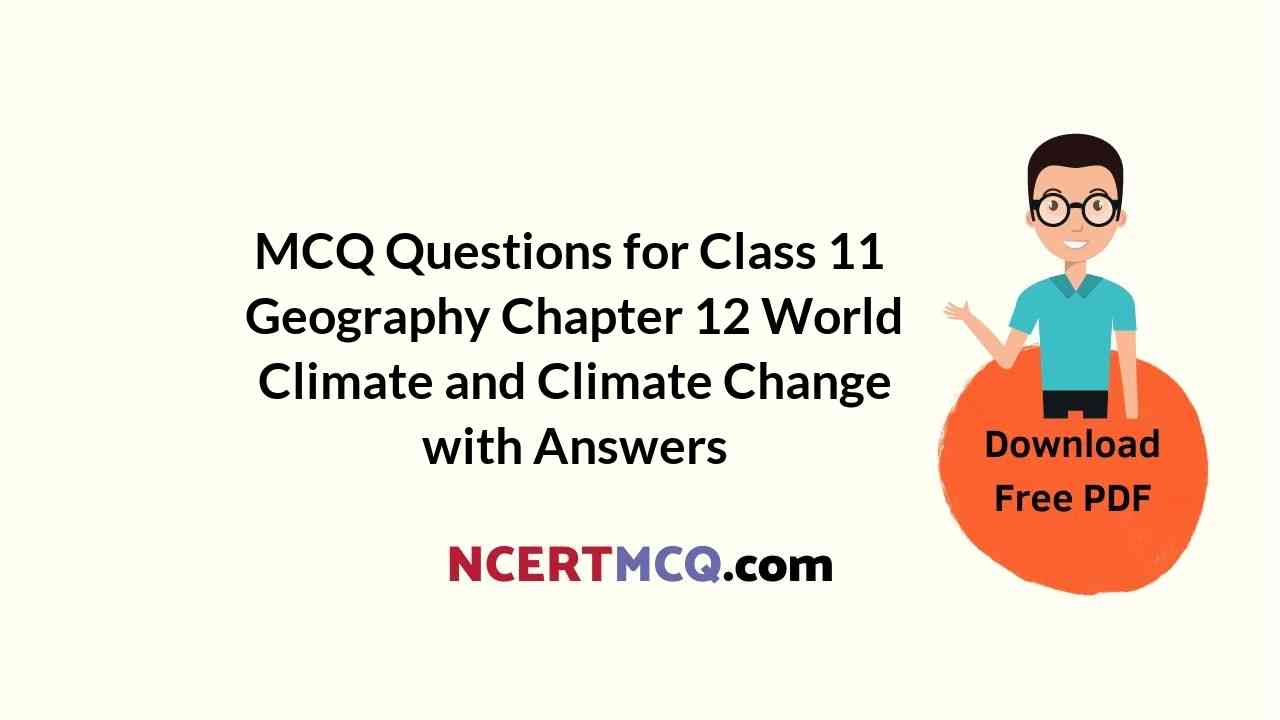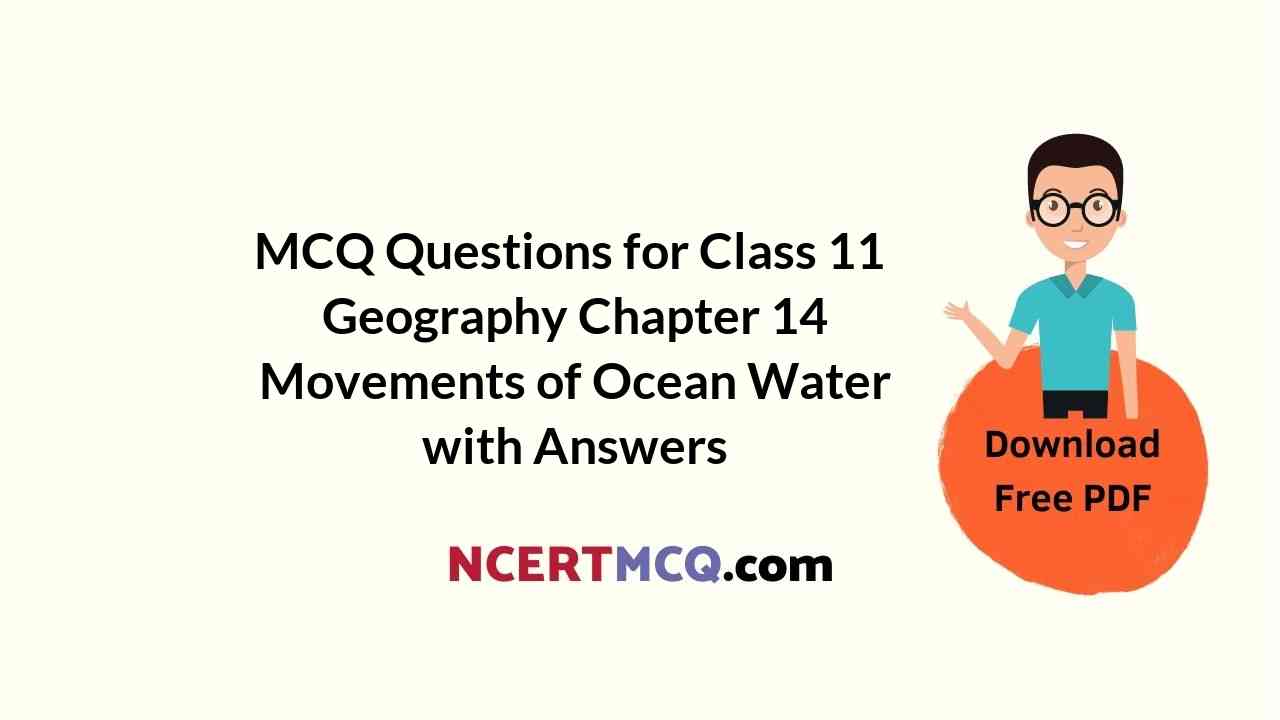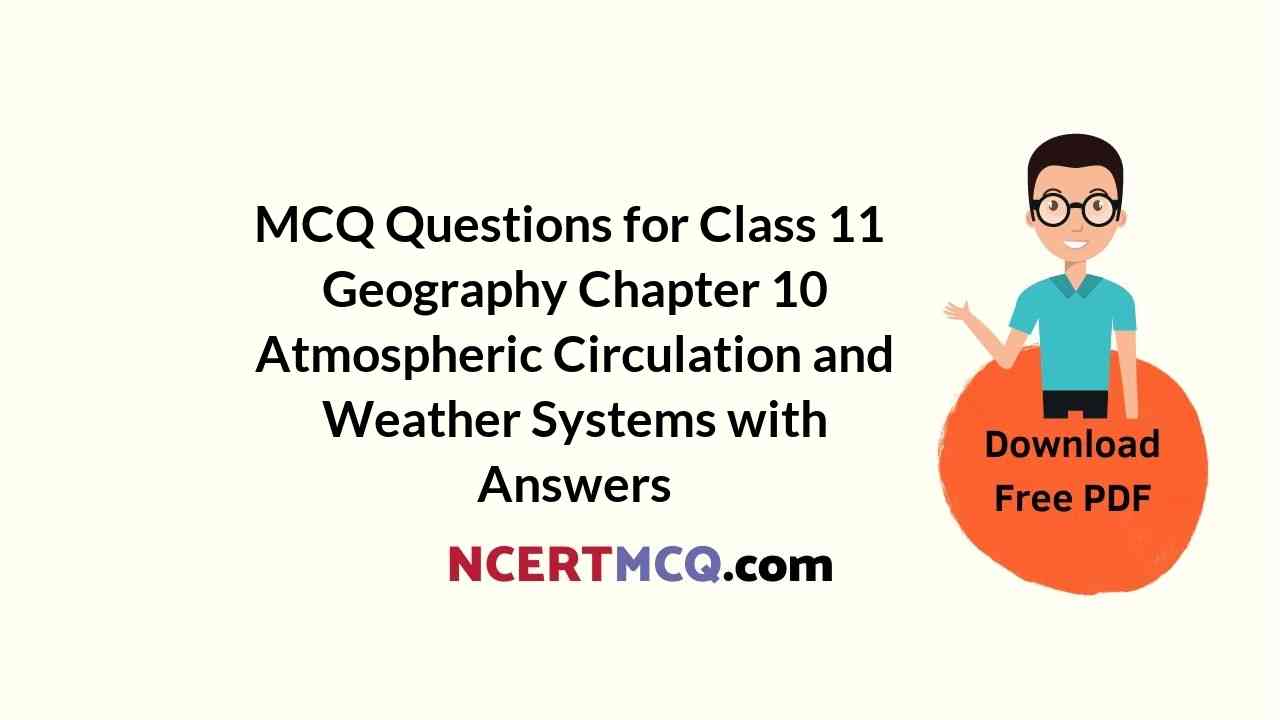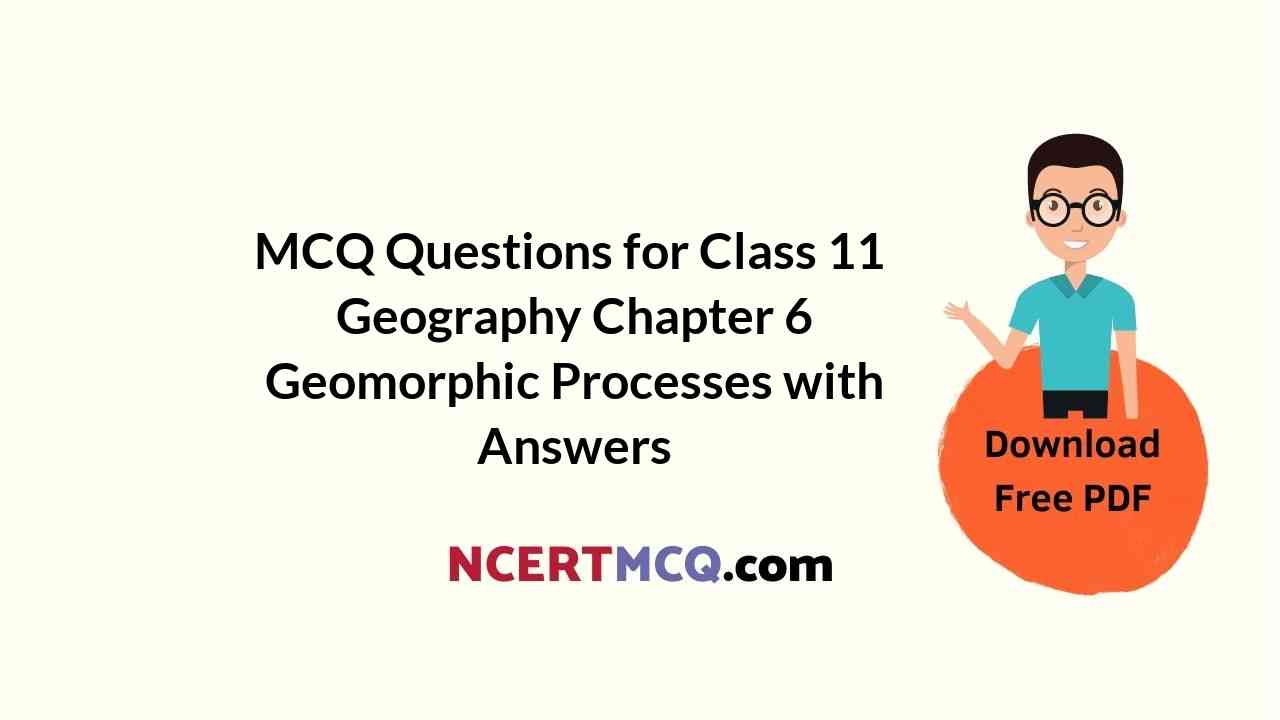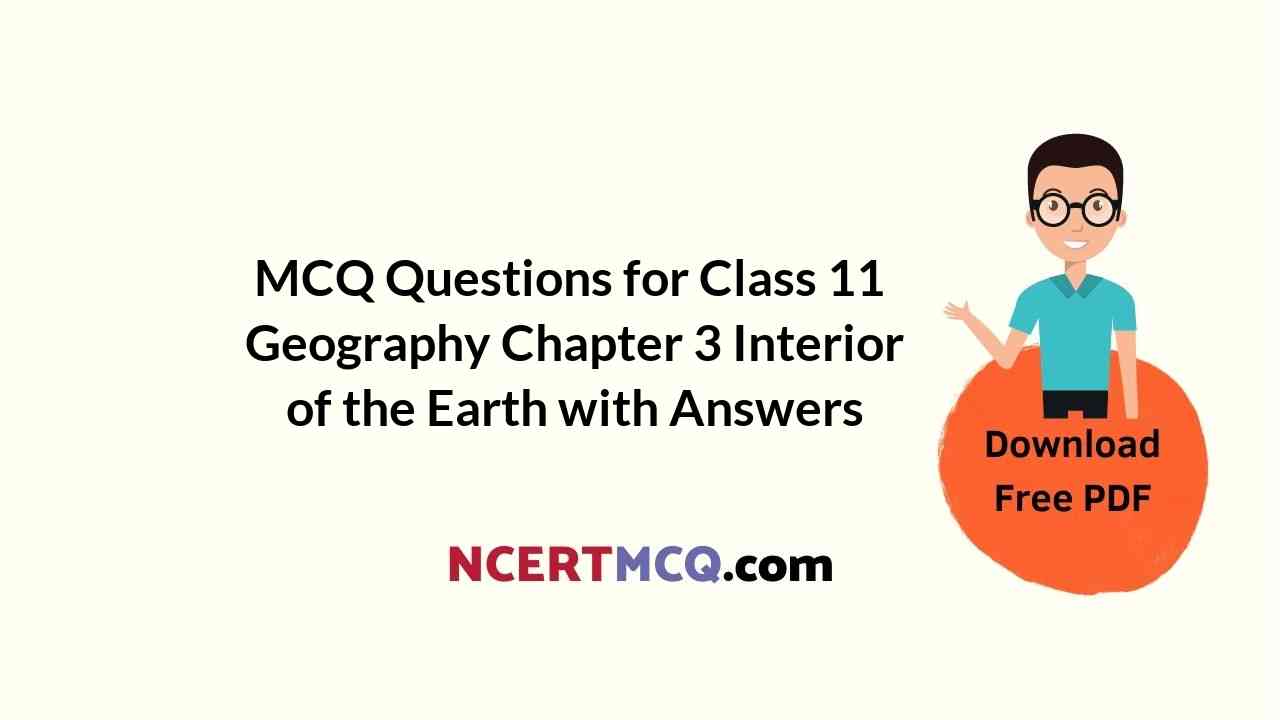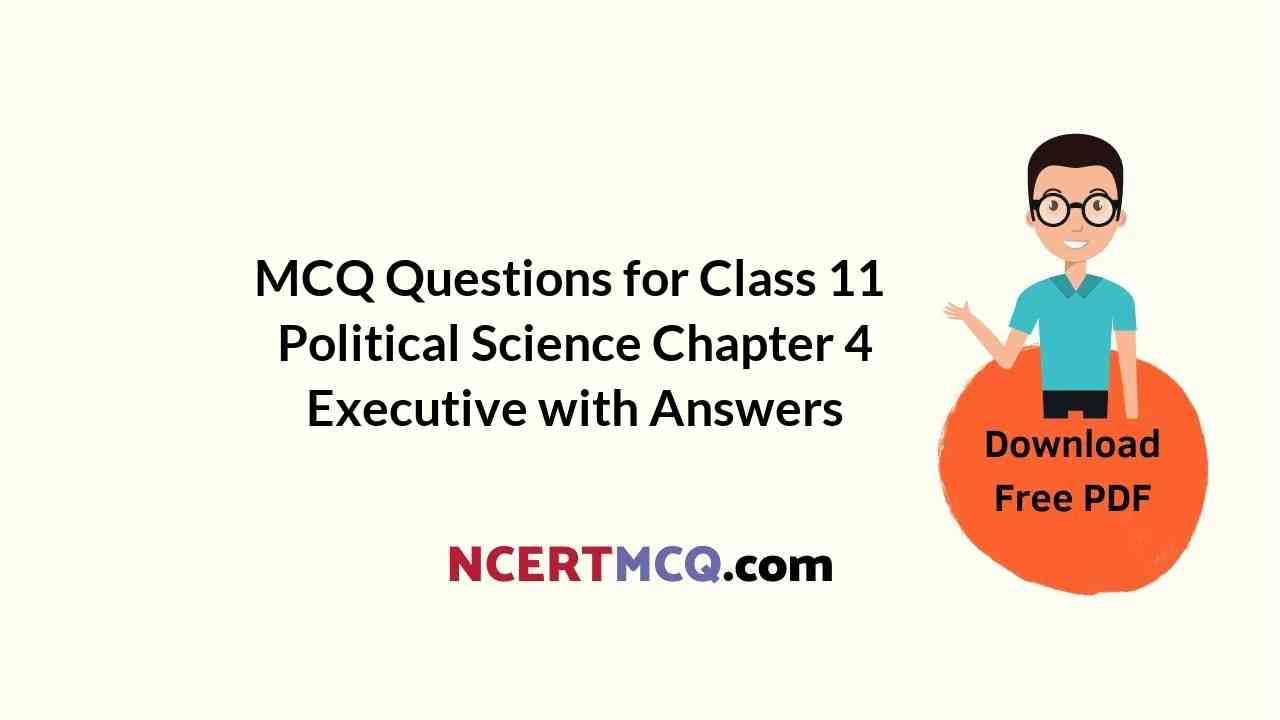Check the below NCERT MCQ Questions for Class 11 Geography Chapter 16 Biodiversity and Conversation with Answers Pdf free download. MCQ Questions for Class 11 Geography with Answers were prepared based on the latest exam pattern. We have provided Biodiversity and Conversation Class 11 Geography MCQs Questions with Answers to help students understand the concept very well.
Class 11 Geography Chapter 16 Biodiversity and Conversation MCQ With Answers
Geography Class 11 Chapter 16 MCQs On Biodiversity and Conversation
Question 1.
Endangered species are listed under the category of
(a) blue list
(b) red list
(c) green list
(d) yellow list
Answer
Answer: (b) red list
Question 2.
In a more diverse ecosystem
(a) It is easy to survive
(b) Survival is very difficult
(c) Resources are scarce
(d) Species are less
Answer
Answer: (a) It is easy to survive
Question 3.
Bio-diversity is important for
(a) animal existence
(b) human existence
(c) development
(d) plant existence
Answer
Answer: (b) human existence
Question 4.
Species which are not the natural inhabitants of the local habitat but are introduced into the system are called:
(a) Endangered Species
(b) Exotic Species
(c) Vulnerable Species
(d) Rare Species
Answer
Answer: (b) Exotic Species
Question 5.
Each couple should produce only two children which will help in
(a) Checking pollution
(b) Stabilizing the ecosystem
(c) Fertility of soil
(d) Improving food web
Answer
Answer: (b) Stabilizing the ecosystem
Question 6.
The percentage of species that are contained by Tropical rain forests are
(a) 10%
(b) 40%
(c) 50%
(d) 60%
Answer
Answer: (c) 50%
Question 7.
Growth in the human population has increased the rate of
(a) Death per year
(b) Conservation of natural resources
(c) Research of new species
(d) Consumption of natural resources
Answer
Answer: (d) Consumption of natural resources
Question 8.
National parks and sanctuaries are established for the purpose of
(a) hunting
(b) conservation
(c) recreation
(d) pets
Answer
Answer: (b) conservation
Question 9.
Biodiversity has contributed to the development of
(a) human population
(b) human culture
(c) environment
(d) technology
Answer
Answer: (b) human culture
Question 10.
Which is of the following is not true regarding the causes of loss of Biodiversity?
(a) Conservation of animals
(b) Illegal Hunting
(c) Natural calamities
(d) Pesticides
Answer
Answer: (a) Conservation of animals
Question 11.
The Government of India passed the Wildlife Protection Act in the year
(a) 1970
(b) 1971
(c) 1972
(d) 1973
Answer
Answer: (c) 1972
Question 12.
IUCN publishes information about endangered species world-wide as the
(a) Red list
(b) Green list
(c) Blue list
(d) Yellow list
Answer
Answer: (a) Red list
We hope the given NCERT MCQ Questions for Class 11 Geography Chapter 16 Biodiversity and Conversation with Answers Pdf free download will help you. If you have any queries regarding CBSE Class 11 Geography Biodiversity and Conversation MCQs Multiple Choice Questions with Answers, drop a comment below and we will get back to you soon.
Class 11 Geography with Answers MCQ:
- Geography as a Discipline Class 11 MCQ
- The Origin and Evolution of the Earth Class 11 MCQ
- Interior of the Earth Class 11 MCQ
- Distribution of Oceans and Continents Class 11 MCQ
- Minerals and Rocks Class 11 MCQ
- Geomorphic Processes Class 11 MCQ
- Landforms and their Evolution Class 11 MCQ
- Composition and Structure of Atmosphere Class 11 MCQ
- Solar Radiation, Heat Balance and Temperature Class 11 MCQ
- Atmospheric Circulation and Weather Systems Class 11 MCQ
- Water in the Atmosphere Class 11 MCQ
- World Climate and Climate Change Class 11 MCQ
- Water (Oceans) Class 11 MCQ
- Movements of Ocean Water Class 11 MCQ
- Life on the Earth Class 11 MCQ
- Biodiversity and Conversation Class 11 MCQ
